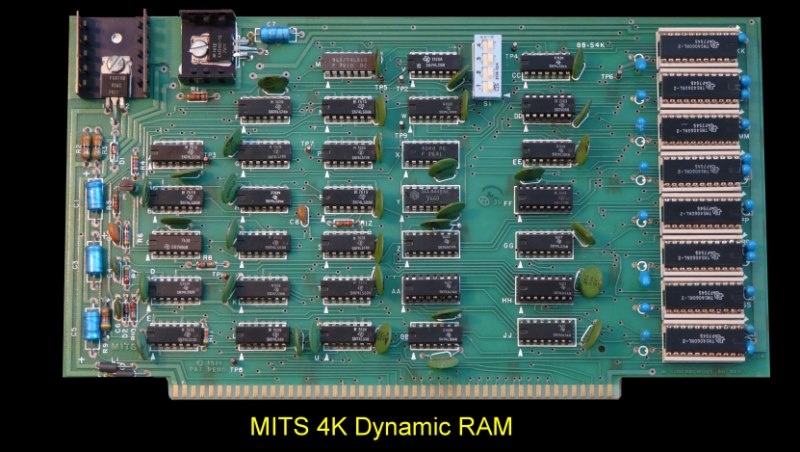Different Types Of RAM
The major difference between them is the lifetime of the data they store. SRAM retains its contents as long as electrical power is applied to the chip. If the power is turned off or lost temporarily, its contents will be lost forever.

DRAM Types :
RDRAM
-- Rambus DRAM
RDRAM
make sure that all memory sockets of a channel are filled with either a memory
chip or a continuity module.
RDRAM
devices may be configured into single-, dual- or quad-channel RIMM modules. For
dual-channel or quad-channel (4-channel) RDRAM chipsets and motherboards,
memory module upgrades should be in matched pairs. For instance, to add
512MByte of memory into a dual or 4-channel system, two matched 256MByte
modules should be inserted. 32bit RIMM modules, such as RIMM 4200, 4800, and
6400 modules, can be upgraded singly on dual channel systems.
DDR
SDRAM -- Double Data Rate SDRAM
DDR
SDRAM is synchronous dynamic RAM (SDRAM) that can theoretically improve memory
clock speed to at least 200 MHz*. It activates output on both the rising and
falling edge of the system clock rather than on just the rising edge,
potentially doubling output. It's expected that a number of Socket 7 chipset
makers will support this form of SDRAM. When released DDR SDRAM memory was
about twice as expensive as conventional SDRAM memory.
Cache
Cache Memory is fast memory that serves as a buffer between the processor and main memory. The cache holds data that was recently used by the processor and saves a trip all the way back to slower main memory. The memory structure of PCs is often thought of as just main memory, but it's really a five or six level structure:
The
first two levels of memory are contained in the processor itself, consisting of
the processor's small internal memory, or registers, and L1 cache, which is the first level
of cache, usually contained in the processor.
The
third level of memory is the L2 cache, usually contained on the motherboard.
However, the Celeron chip from Intel actually contains 128K of L2 cache within
the form factor of the chip. More and more chip makers are planning to put this
cache on board the processor itself. The benefit is that it will then run at
the same speed as the processor, and cost less to put on the chip than to set
up a bus and logic externally from the processor.
The
fourth level, is being referred to as L3 cache. This cache used to be the
L2 cache on the motherboard, but now that some processors include L1 and L2
cache on the chip, it becomes L3 cache. Usually, it runs slower than the processor,
but faster than main memory.
The
fifth level of memory is the main memory itself.
The
sixth level is a piece of the hard disk used by the Operating System, usually
called virtual memory. Most operating systems
use this when they run out of main memory, but some use it in other ways as
well.
No comments:
Post a Comment